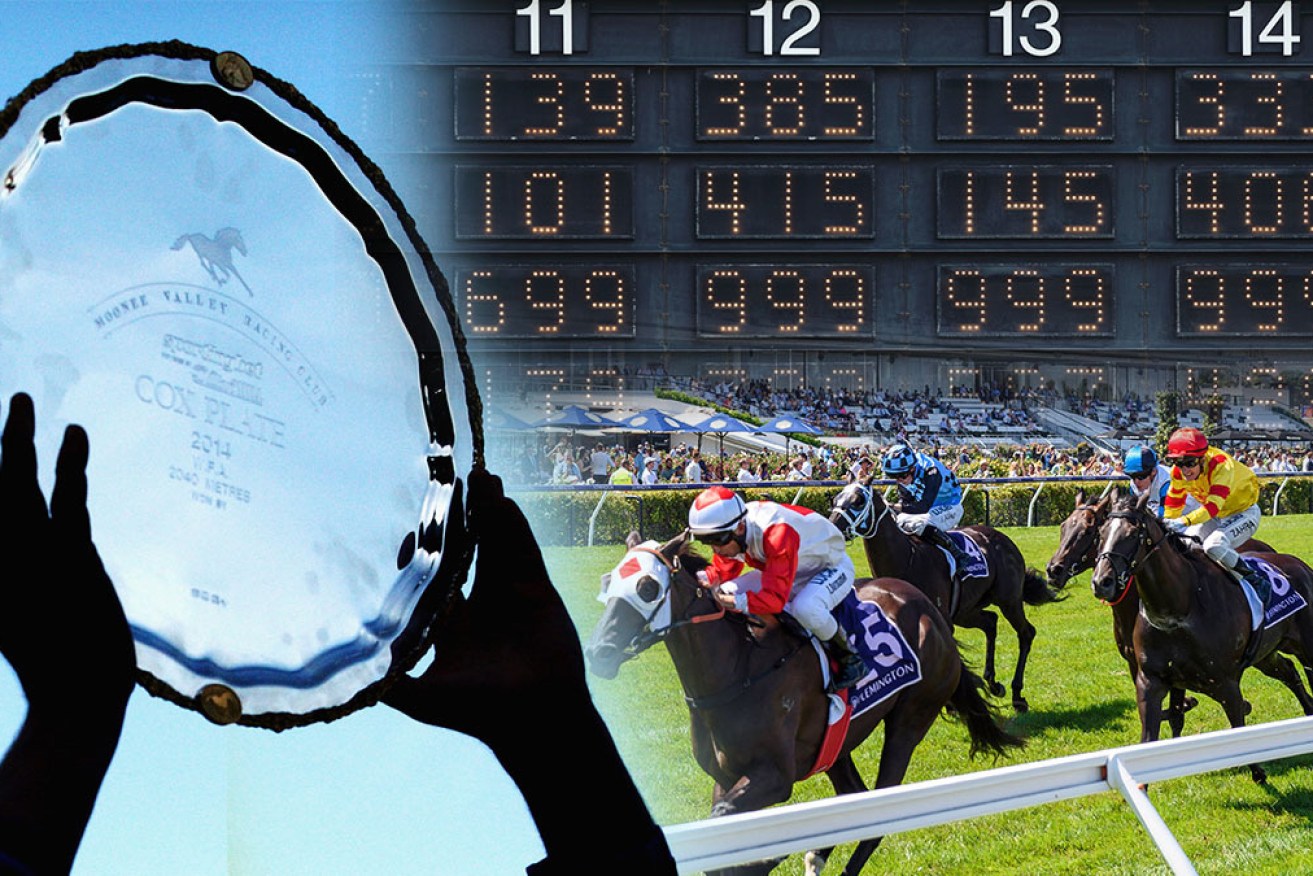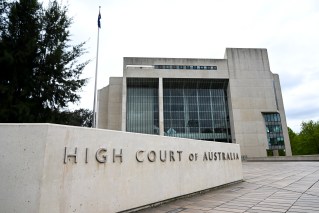Horse has bolted: The fuel behind the racing industry’s political power


The racing industry can wield significant influence over our politicians, says a top gambling expert. Photo: TND
It wasn’t the race that stops a nation, but they were the events that enraged a state as the Victorian Government bowed to pressure and backflipped on its decision to let extra racegoers attend the Cox Plate.
And one of the nation’s leading gambling researchers warns the horse racing industry can influence politicians “quite readily”.
It comes after Victorian Racing Minister Martin Pakula flip-flopped on a decision to let an additional 500 people attend Friday night’s Manikato Stakes and Saturday’s Cox Plate at Moonee Valley.
That would have meant that up to 1250 patrons and staff would have gathered for the events, while most Victorians remain under a strict lockdown – a fact critics were quick to point out.
Reminder: you can only have 10 people at a funeral. https://t.co/B1UwejiXdW
— Meg Watson (@msmegwatson) October 20, 2020
Five hours later, Mr Pakula was forced to issue a mea culpa after widespread public backlash.
What was behind the decision?
Charles Livingstone, a leading Australian gambling researcher, said the racing industry was “able to influence politicians quite readily”.
“I think politicians who want to be seen with the good and the great will always want to be on side with the racing industry because it gives them an opportunity to be snapped at the Melbourne Cup Carnival,” he said.
“You get the fancy box seat, the catering, people like to be seen there. It makes them look like a man of the people or someone who associates with glamorous folk.”
Associate Professor Livingstone, who heads Monash University’s gambling and social determinants unit, suggested the minister’s decision to let horse owners attend the Cox Plate was driven by a desire to maintain good relationships with the industry.
He agreed the public backlash was warranted. “The optics of that are just terrible,” he said.
Gambling and horse racing go hand-in-hand
“The only reason we’ve got a racing industry is because of gambling, pure and simple,” Associate Professor Livingstone said.
“The gambling industry contributes most of the money that keeps it going.”
And it is no secret that Australia has a huge gambling problem.
Between 2017 and 2018, Australians gambled away nearly $25 billion, shows a report from the Queensland Treasury.
Most of that money is lost on poker machines – a portion of which goes to our major political parties – though statistics from the Victorian Responsible Gambling Foundation show sports betting is becoming increasingly popular.
During the 2016-17 season, more than $19 billion was wagered on Australian thoroughbred racing, according to the foundation.
“When you look at the real data on horse racing revenue, you can see it’s flat or declining for most of the last 20 years,” Associate Professor Livingstone said.
“It’s not going anywhere, but it’s well supported by the bookies because they need it: They can’t make all their money from sports betting.”
Horses can’t be put on hold
While many Australian industries were forced to wind down during the height of the coronavirus pandemic, horse racing was allowed to continue.
That’s partly because unlike other sports, horses can’t simply be placed on hold. They require daily hands-on management and regular exercise, whether they are preparing to race or not.
Without the revenue generated by racing (read: gambling), these maintenance bills can add up very quickly.
In the world of racing, horses that are no longer deemed useful or fit to compete become known as “wastage”.
In 2019, an extensive two-year ABC investigation revealed thousands of racehorses were being sent to slaughterhouses every year.
But doesn’t horsing racing boost jobs?
Absolutely.
Every year, major industries that employ tens of thousands of people, such as tourism, retail, fashion, hospitality and accommodation, make millions of dollars off the Melbourne Cup Carnival.
In 2018, racegoers spent $62.9 million on retail in Victoria, up from 10.4 per cent the previous year.
That same year, bets on the Melbourne Cup race generated more than $312 million in Racing Victoria’s domestic turnover alone.

Gina Rinehart at the Melbourne Cup at Flemington in November. Photo: AAP
Racing Victoria Chief Executive, Giles Thompson, said up to 25,000 Victorians rely on horse racing for their livelihoods.
“The thoroughbred racing industry generates over $3.2 billion economic activity within the state of Victoria and supports the employment of a vast array of people, including trainers, stable staff, jockeys, breeders, vets, farriers, float drivers, administrators, officials and many more,” he said in March.
However, Associate Professor Livingstone said most of the people directly employed by the racing industry were on “very low wages”.
“The strappers, the trainers, the training riders, the trainers’ assistants and so on are barely making minimum wage,” he said.
“There’s a lot of exploitation in that business as well, because people tend to be in because they love horses and love tending to them.”
The hourly wage of a full-time horse trainer is less than $25, according to the latest award rates outlined by the Fair Work Ombudsman.
A stable worker’s hourly wage is around $19.50, while first-year apprentices who did not complete Year 12 can legally earn as little as $10.41 per hour.
If you thought jockeys at least scored a decent slice of prize money, think again. Even though they are the ones sweating it out on the race track, jockeys are entitled to just five per cent of the prize money for winning the Melbourne Cup.
This year, first prize is $4.4 million, meaning the winning jockey will earn $220,000.
The trainers of the winning horse will earn 10 per cent, while connections (the people who own the horse) will receive 85 per cent of the cut amounting to a total of $3.7 million.







